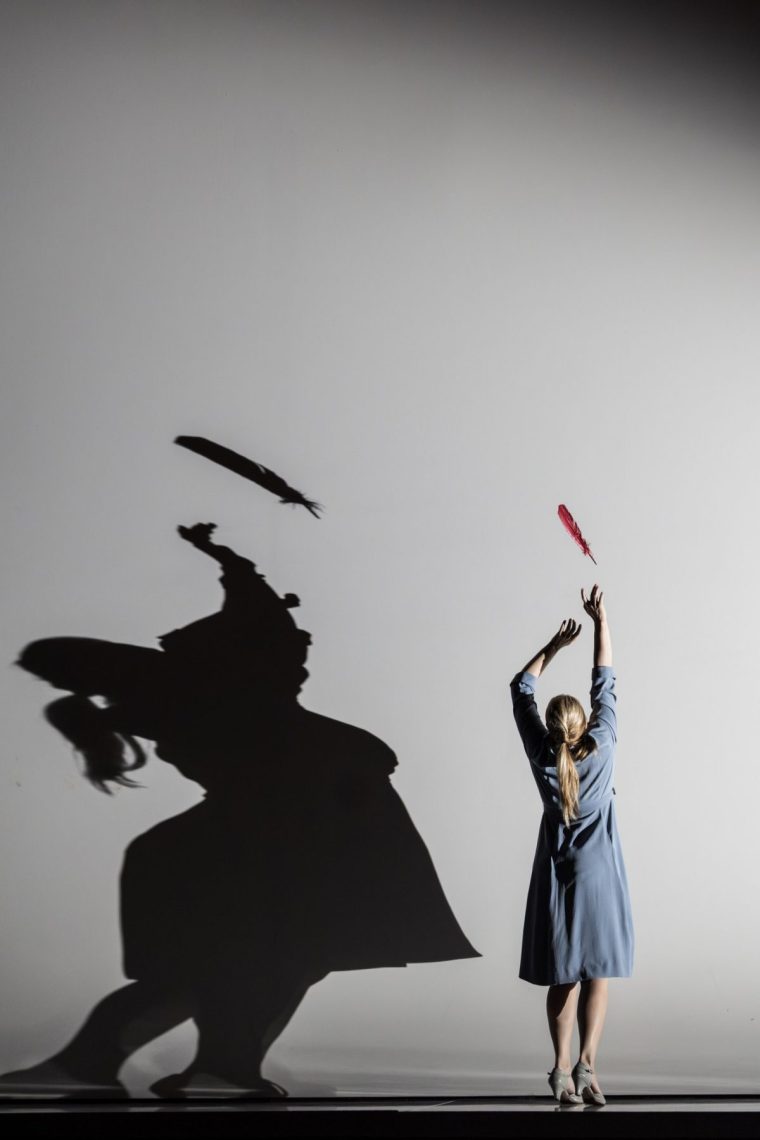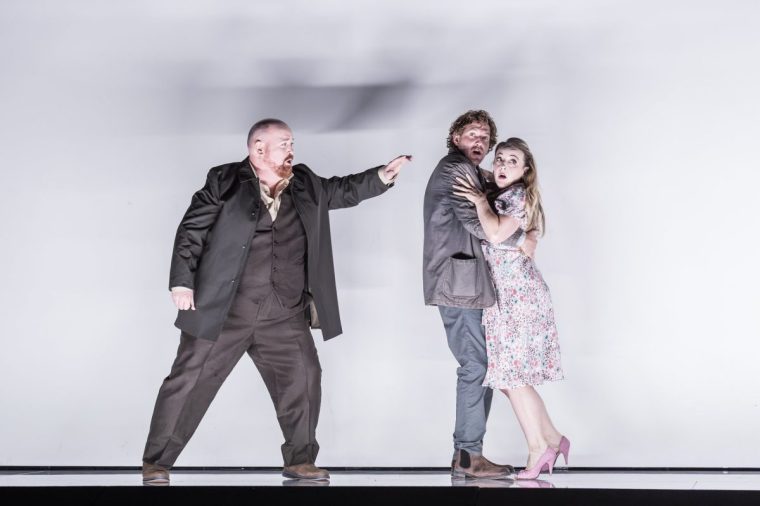Eleonora Gravagnola revives Damiano Michieletto’s production of Janáček – it’s musically superb, but overly conceptual
Damiano Michieletto’s production of Janáček’s Kát’a Kabanová was conceived when Covid was at its height, with everything bedevilled by distancing rules. Eleonora Gravagnola, the director of its revival, makes some sensible changes, but the show remains essentially Michieletto’s.
It’s very much a concept production, with the whole action taking place in a white box bounded by giant white panels, which constantly alter the shape of the performing space.
The plot is an archetypal village tragedy which comes to a head with explosive force. Kát’a is married to Tichon, whose widowed mother, known as the Kabanicha, hates her. Despite her horror of adultery, Kát’a loves Boris, and is persuaded by her friend Varvara to yield to his advances; stress leads to a paranoid breakdown, during which Kát’a publicly confesses her guilt; she throws herself into the Volga.

With Robin Ticciati on the podium, the London Philharmonic brings out all the shimmering beauty of the score, while in the title role the charismatic Kateřina Kněžíková covers a gamut of emotions ranging from naïve bewilderment and hallucinatory wonder to fatalistic despair. With Nicky Spence as Boris, Rachel Wilson as Varvara and Susan Bickley as the stern Kabanicha, the action unfolds with unstoppable urgency. Light relief comes from John Tomlinson – as Boris’s uncle – making a randy pass at the Kabanicha.
But Michieletto’s concept, which takes its cue from Kát’a’s obsession with flight, is too relentlessly schematic. She’s compared in the libretto to a caged bird longing for freedom, and the direction takes that literally. A cage appears, followed by more cages. And how does Kát’a meet her death in the river? Not by drowning, but under a crushing avalanche of cages which suddenly descends from heaven. That’s the trouble with leaning too heavily on a metaphor – you end up looking ridiculous.
Meanwhile a winged angel (a non-speaking part, invented by Michieletto) hovers constantly over the scene, and at times joins in the action, if not very comprehensibly.

But there’s a more fundamental problem. The eight-note motif that echoes through the score in many instrumental guises was suggested to Janáček by the river beside which the action takes place. “The work flowed from my pen just like the river Volga,” Janáček wrote. “All the weight of the drama lies in it… The singing should sound like the Volga sighing.”
When a storm brings the tragedy to a head, with the orchestra evoking it admirably, the best the production can do is to have one character pulling his coat over his ears, and another putting up his umbrella. With this staging, there’s no sense of place.
Never mind. Musically the whole event is top-notch.
To 23 August
